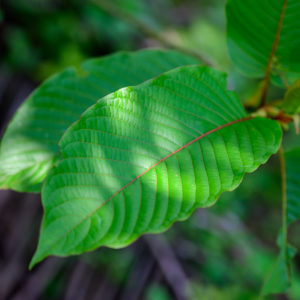Cranberries: Evergreen and For Ever Healthy
Considerations of the cranberry likely deliver recollections of Ocean Spray advertisements or round cuts of the jellied assortment embellishing a Thanksgiving platter, yet cranberries are one of the most stimulating and diverse organic product accessible. Found and filled in swamps all through the northern half of the globe, cranberries are really a kind of evergreen bantam bushes or following plants. With thin, wire-like stems, and dull pink blossoms, they are famous with the bumble bee and any individual who prefers a sweet natural product with an acidic kick.
In the US and Canada, cranberries are a significant business crop. They can be made into cranberry juice subsequently the pictures of the Ocean Spray plugs, cranberry sauce, cranberry jam, or dried into sweets like treats, albeit numerous individuals appreciate them new. Cranberries have been progressively perceived as a super organic product, alongside the Acai berry and blueberry, among others, in light of their cell reinforcement and supplement content.
Actinium oxycoccos Northern Cranberry is a types of cranberry found in Europe, northern Asia, and North America. These cranberries are little, pale pink, and have a tart flavor. The Actinium microcarpum Small Cranberry is a types of cranberry found in Northern Europe and Northern Asia. Actinium microcarpum Large Cranberry is types of cranberry found in northeastern North America, and is one of the most mainstream assortments because of its closeness to an apple taste. Cranberries are close cousins to huckleberries, bilberries, and more info.
Cranberries got their name by early European pilgrims. These pioneers accepted that the bloom, stem, calyx, and petals of the cranberry plant looked a lot of like the neck, head, and bill of a crane, so naming the organic product the cranberry. In Northeastern Canada, cranberries are regularly called greenery berries, yet the customary English name for the tart natural product is fen berry, because of the berries development in the fen, or swamps. Local Americans previously devoured cranberries, or as they named them, Sassamanash, as food, medication, and colorant. They may have offered them to starving European pioneers, who at that point fused them into their Thanksgiving feasts. It was not until the 1820s that cranberries were traded to Europe, where they got famous in the Nordic nations, Russia, and Scotland.
How are cranberries developed? All things considered, Ocean Spray plugs basically have it right. The men in those silly elastic overalls, encircled by an authentic ocean of berries are very delegate of what one may find in a cranberry marsh. In the US, cranberries are developed in Maine, Wisconsin, Massachusetts, Washington, Michigan, Oregon, Minnesota, and New Jersey; Wisconsin drives creation with over half of the piece of the overall industry, trailed by Wisconsin with 28 percent. Generally, cranberries were filled in wetlands, yet today they are built in beds in uplands with a shallow water table.
There is no dirt, which is scratched off and supplanted with clean sand, gotten at four to eight inches, and afterward leveled off. The beds can be depleted by socked tile or the border discards, burrowed around the bed. Cranberries are developed by moving set up plants from one bed to another one. The plants are driven into the sand and afterward watered until roots structure. They are showered with nitrogen manure until they are a year old. They are gathered in the fall, when the berries are at last dark red.


